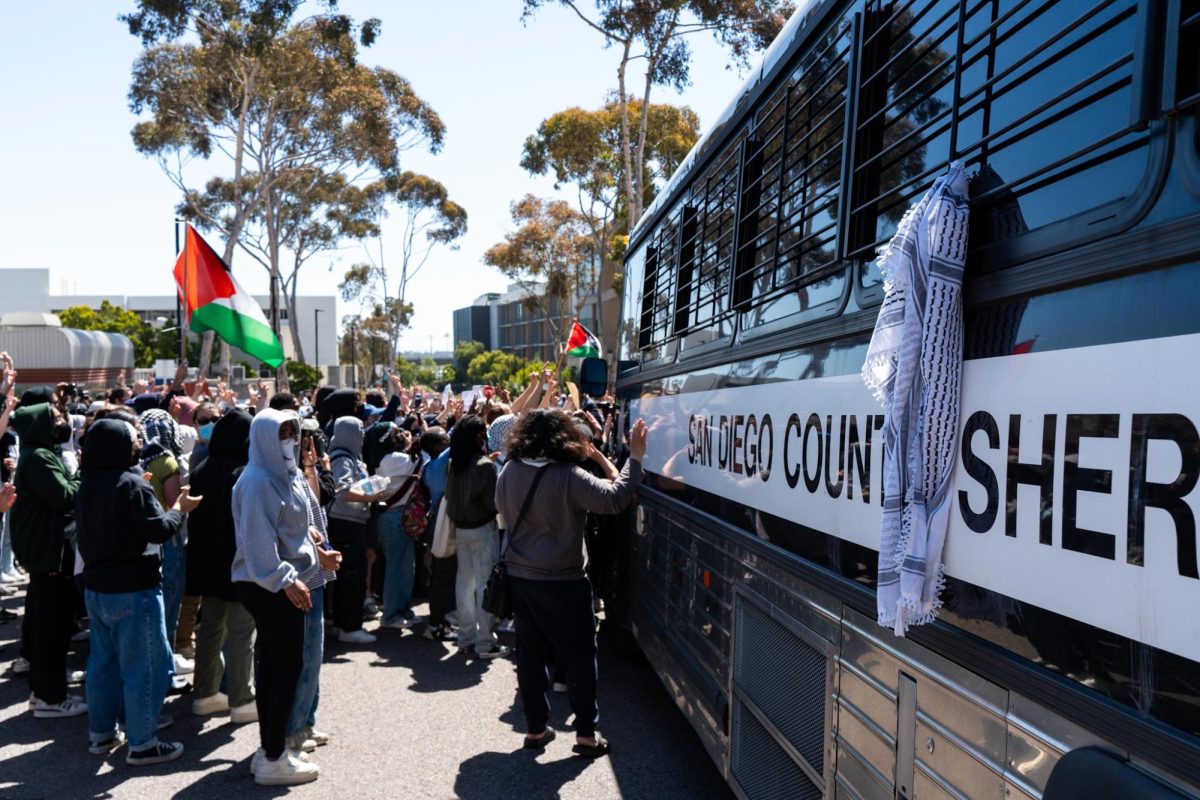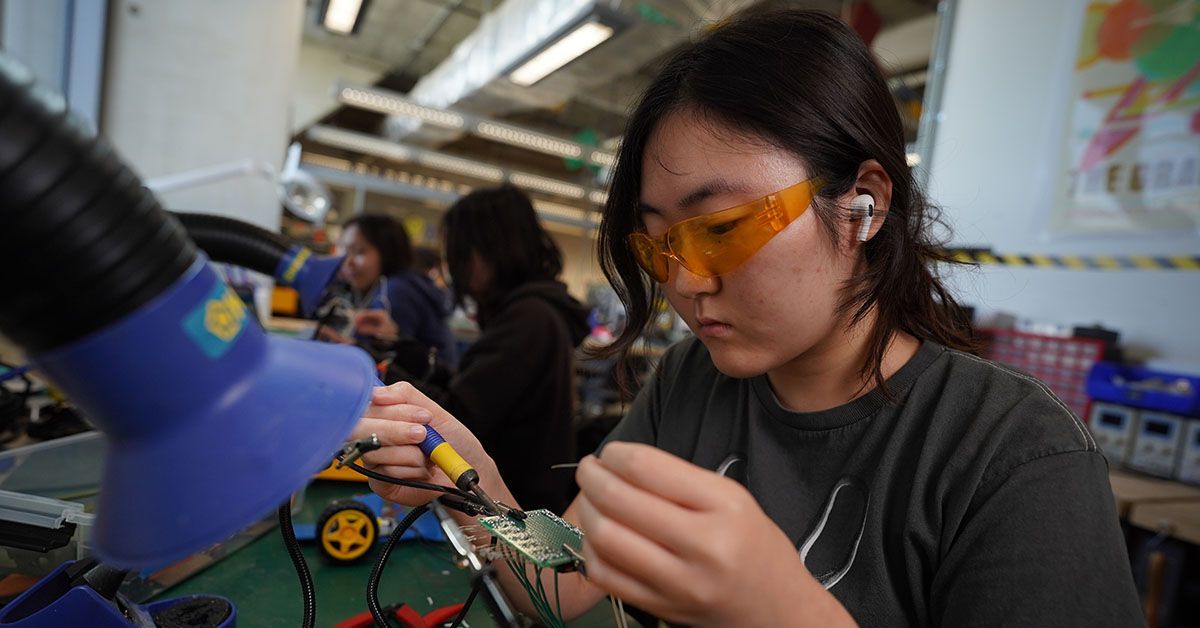Prominent members of California’s Recovery with Equity Taskforce held a virtual briefing with campus student leaders and journalists on Tuesday, May 11 to discuss the findings of their report titled “Recovery with Equity: A Roadmap for Higher Education After the Pandemic”. The briefing discussed the report’s aims of improving post-pandemic equity in higher education, with a focus on the needs of Black, Latino, Asian Pacific Islander, and Indigenous students in California.
The event was moderated by Varsha Sarveshwar, the 2019–2020 University of California Student Association president and current Capital Fellow at the Office of the California Governor. The panelists included the senior policy advisor for higher education to the governor Dr. Lande Ajose, former president of the Cal State Student Association Michael Wiafe, former UC student regent Dr. Hayley Weddle, president of the UC Student Association Aidan Arasasingham, president of the Cal State Student Association Zahraa Khuraibet, and president of the Student Senate for California Community Colleges Stephen Kodur.
Established in August 2020, the new taskforce, chaired by Ajose, is composed of 20 California state and local education leaders, with consultation from the Governor’s Council for Post-Secondary Education. Ajose said that the task force was a necessary endeavor to figure out ways to improve upon equity once the pandemic ends.
“What we wanted to do was develop a set of practical, actionable steps that were both around policies and practices that could actually help our higher education systems, upon recovery, really move with a more equity-centered focus so that students were more successful, were better off as a result of their experience in higher education, and that our institutions were able to serve those students,” Ajose said.
The findings of the taskforce drew upon previously released reports on education and original analysis of publicly available data on state education metrics. Additionally, the working group facilitated interviews and focus groups with 196 individuals across California sectors and institutions, including 83 college students.
The report identified low-income, first-generation students of color in California public high schools as a demographic group that is less likely to finish high school, complete A-G course requirements, or enroll in and graduate from college. The Taskforce also cited a lack of financial aid for students’ basic needs and an inability to use longitudinal data to track and support students as examples of barriers to educational access and attainment for these groups.
These basic needs issues have been particularly exacerbated by the COVID-19 pandemic. A student survey released by the California Student Aid Commission in Spring 2020 found that 71 percent of students reported losing some or all of their income and 24 percent of students dropped one or more classes in the spring. Student concerns about their own personal health and well-being tripled as a result of the pandemic.
Then, Ajose summarized the 11 recommendations that the report offered as potential solutions to the higher education issues identified by the taskforce.
- Improving faculty, staff, and administrator diversity
- Promoting inclusive, equity-focused learning environments
- Creating inclusive support systems for student retention
- Establishing an integrated admissions platform for California colleges and universities
- Streamlining the college admissions process
- Ensuring that all schools develop a common course numbering system
- Promoting high-tech, hands-on advising
- Supporting college preparation and early credit programs
- Creating an integrated platform for state services
- Subsidizing internet access for lower-income students
- Making colleges more affordable
“Imagine being able to go to a single website where you could apply for financial aid,” Ajose said while discussing the creation of an integrated college platform for state services. “Where you could apply for Calfresh. Where you could apply for a housing voucher, if you needed one… How do we help a student who is on free and reduced lunch in 12th grade transition to college, without that student then having to figure out where the food pantry is?”
After the summary of the recommendations, the panel then reflected upon their work in the taskforce. Weddle, a UC San Diego alumna, said the approach that the report offers is unique because it takes a structural approach to tackle higher education inequities.
“I am personally excited that the report is framed around holding institutions accountable for inequities, as opposed to blaming students,” Weddle said. “In fact, I think it is really transformative that the report tries to highlight students’ assets and again [puts] the responsibility on [the UC, CSU, and CCC] to engage in the labor that it would take to have student-responsive environments.”
Wiafe agreed with this sentiment and added that the report’s proposals should be implemented differently from institution to institution.
“We were thinking about higher education in aggregate — what is happening in California’s colleges and universities,” Wiafe said. “What we are talking about looks different to literally everybody at that conversation… What [changes] students are looking at, the levers that [students] are able to pull in order to reach the same destination, requires that student-informed input from the institution level to truly know the changes that need to happen.”
In his remarks, Arasasingham said that the report offers solutions to the “triple pandemics” of COVID-19, systemic racism, and unaffordability in California.
“So I think that the focus on these three areas, not just recovering from this pandemic, but an intentional focus on making our institutions more inclusive and combating issues of racial injustice,” Arasasingham said. “The campus climate issues. The policing issues that students of the UC have been raising are not separate from our educational experience but are a part of this more holistic conversation of how we want our institutions to better support students and be better reflective of our values.”
After the panelists offered their thoughts on the report, the meeting was opened up for a Q&A. When asked by The UCSD Guardian about whether the Taskforce had any concerns about implementation of the plan, Ajose stressed that the proposals should not be implemented solely through state officials.
“If we want this report to continue to be seen as authentic, then it can not be for [the] government or the legislature to simply go about and start implementing,” Ajose said. “It really needs to be students saying ‘yes, this is actually reflective of our experience. These are actually the priorities we have.’ They need to say that not only to their elected leaders, but to their [university] administrations.”
Ajose added that the report has been shared with a number of academic senates and has received a “strong response.” She also encouraged student feedback to aid in deciding which recommendations to prioritize.
Weddle followed up by adding that, while institutions have been responsive to the recommendations, it is up to students to ensure that follow-through on the recommendations is made and that there should be discussions ahead of time on transition plans with other student leaders.
“Given Lande’s comments that some of these goals [will] take a long time to advance, or may not be acted upon in the same timeline, I think that it is really important that students and student leaders keep these issues on the radar, particularly as students’ formal leadership roles tend to have one-year tenures,” Weddle said.
The Taskforce aims to fully implement all of the recommendations by 2030. Students are encouraged to provide input on the report and advocate for the implementation of measures they support to institutional and state leaders.
Photo courtesy of Siddharth Atre for The UCSD Guardian.














